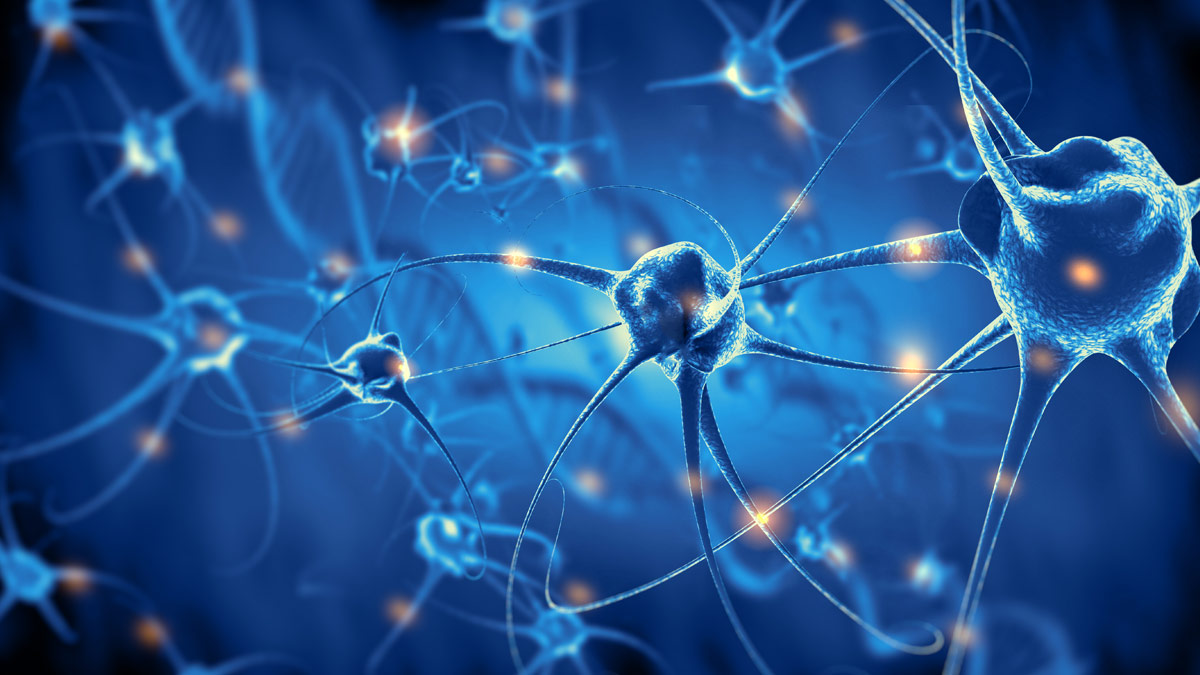Our brains are very plastic, which means that they have the ability to grow and change from new experiences or critical situations. The brains of individuals are much more plastic and flexible when they are children in comparison to when they are adults. In fact their brains are so malleable that there have been instances in which a child has been able to live a normal life without any paralyses with only half a brain. This happened because her hemisphere that was still intact was able to change and start performing functions that the other hemisphere of the brain would perform.
However, we never really understood what made our brains so malleable and flexible.
UNTIL NOW…
Researchers at MIT believe they have uncovered what makes the brain so plastic.
They believe that when one synapse strengthens, the other synapses within 50 micrometers of that synapse weaken. To test this theory, they performed an interesting experiment.
Scientists focused on one specific dendritic spine in a mouse’s visual cortex and shined blue light. This spine was strengthened and started growing while all the neighboring spines started to shrink and become smaller. The researchers then also realized that AMPA receptors played a role in the strengthening and weakening of spines? AMPA receptors are receptors for the neurotransmitter glutamate, an excitatory neurotransmitter.
Here is a link to the Original article : Locally coordinated synaptic plasticity of visual cortex neurons in vivo





